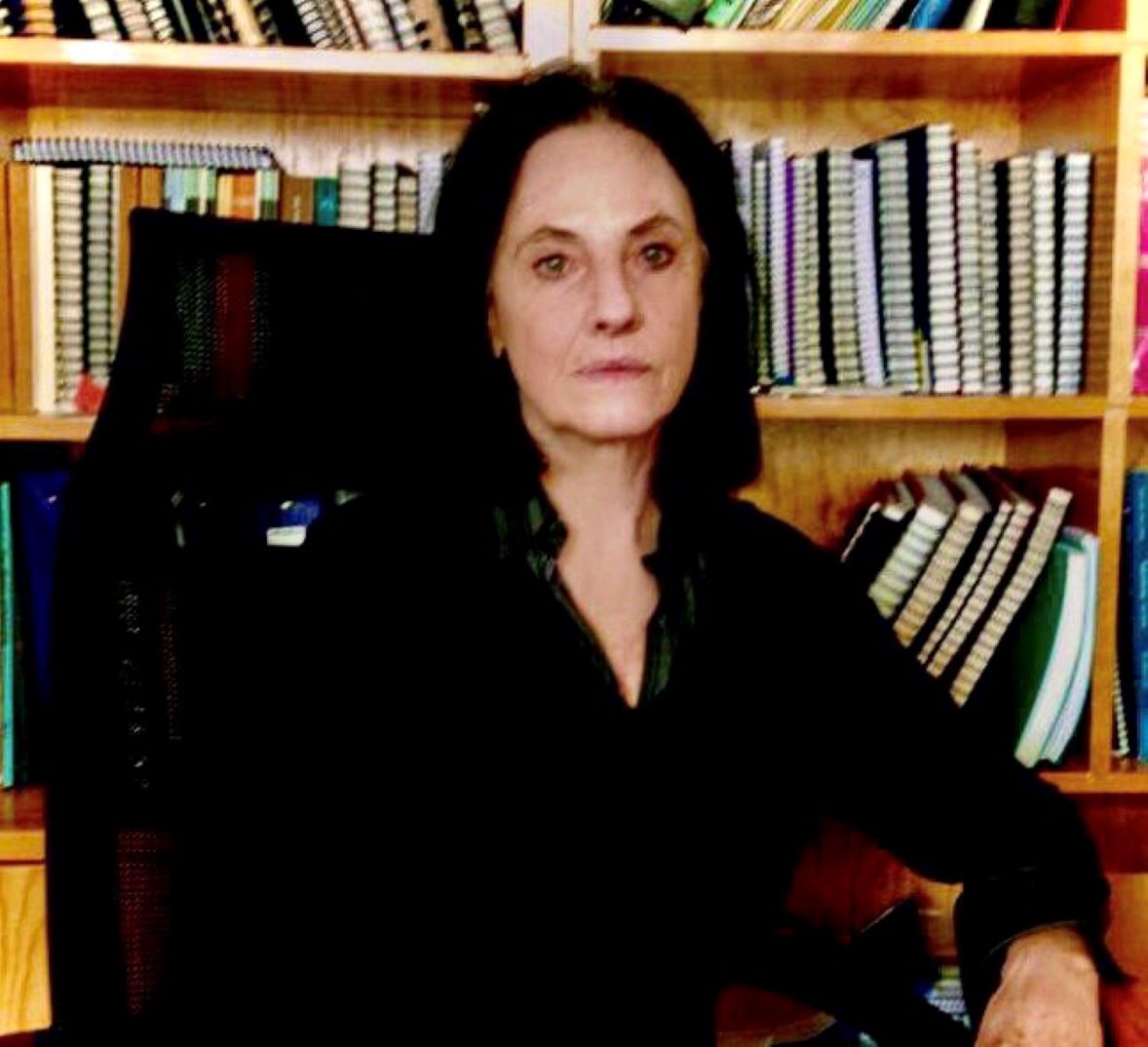Research interests
• Differential object marking
• Expression of spatial relationships
• Motion verbs
• Associated motion
Accessibility Tools

Professor Alejandra Capistrán Garza has a degree in Anthropology with a major in Linguistics from the National School of Anthropology and History. In 1988 she obtained her degree with the thesis La teoría Lingüística de Roman Jakobson, which received Honorable Mention. After completing her graduate studies at El Colegio de México, she obtained, in 1993, the degree of Master in Linguistics, and in the same institution defended her thesis Expresión de Argumentos, Funciones Gramaticales y Transitividad en P'orhépecha in 2010 with which she graduated as a doctor in Linguistics, work that received Honorable Mention INAH Awards "Wigberto Jimenéz Moreno" in the Area of Linguistics.
She was a member of the Seminar of Indigenous Languages of the Instituto de Investigaciones Filológicas, UNAM, from 1996-1998. She has been a professor from 2000 to date at the Universidad Autónoma Metropolitana (UAM) Iztapalapa Campus, Phylosophy Department. Since 2017 she has been the director of the journal Signos Lingüísticos, Iztapalapa Campus.
The main areas covered by Professor Capistrán Garza's teaching, both undergraduate and graduate, are morphology, linguistic typology, and description of indigenous languages. Her research has focused on the description and analysis of the grammar of P'orhépecha or Tarascan. The studies she has published on this language address the areas of morphology, with particular emphasis on the mechanisms of valency change, syntax, and semantic typology.
She participated in the project Spatial language and cognition in Mesoamerica (funded by the National Science Foundation), directed by J. Bohnemeyer, some of the results of which have been published in two joint publications. Her main publications include the book Multiple Object Constructions in P'orhépecha. Argument Realization and Valence-Affecting Morphology (2015. Brill's Studies in the Indigenous Languages of the Americas 9), as well as articles in specialized journals and book chapters.
These include "Differential Object Marking in P'orhépecha. Split case and fluid case alternations" (to appear in Studies in Language), "IR y VENIR en la morfología del p'orhépecha (to appear in International Journal of the Linguistic Association of the Souhtwest), "Sufijos estativos en p'orhépecha: atribución y predicación de propiedades" (2013. Enrique Palancar and Roberto Zavala (eds.), Lexical classes, possession and complex clauses in Mesoamerican languages), "Locative and orientation descriptions in Tarascan. Topological relations and frames of reference" (2011. Language Sciences 33, 6), and "Constituent order variations in P'orhépecha, Topicalization and Focalization" (2002. Paulette Levy (ed.) From Cora to Yucatec Mayan. Linguistic studies on some Mexican indigenous languages).
She is currently researching the expression of spatial notions in P'orhépecha, with a particular interest in verbs of motion, while continuing her research project on Aspects of P'orhépecha Grammar.
*Courses are conducted in spanish
| Num. | Trim. | Course Name | Level |
|---|---|---|---|
| Morfología II | Licenciatura | ||
| Descripción y Análisis de Una Lengua Indígena I | Licenciatura | ||
| Morfología I | Licenciatura | ||
| Morfología | Posgrado | ||
| Descripción y Análisis de Una Lengua Indígena II | Licenciatura | ||
| Introducción a la Lingüística | Licenciatura | ||
| Morfología II | Licenciatura | ||
| Descripción y Análisis de Una Lengua Indígena I | Licenciatura | ||
| Introducción a la Lingüística | Licenciatura | ||
| Morfología I | Licenciatura | ||
| Descripción y Análisis de Una Lengua Indígena II | Licenciatura | ||
| Introducción a la Lingüística | Licenciatura | ||
| Morfología II | Licenciatura | ||
| Descripción y Análisis de Una Lengua Indígena I | Licenciatura | ||
| Morfología I | Licenciatura | ||
| Tipología Lingüística | Licenciatura | ||
| Descripción y Análisis de Una Lengua Indígena II | Licenciatura | ||
| Tipología Lingüística | Licenciatura | ||
| Seminario de Investigación en Lingüística Formal 3 | Licenciatura | ||
| Morfología II | Licenciatura | ||
| Descripción y Análisis de Una Lengua Indígena I | Licenciatura |